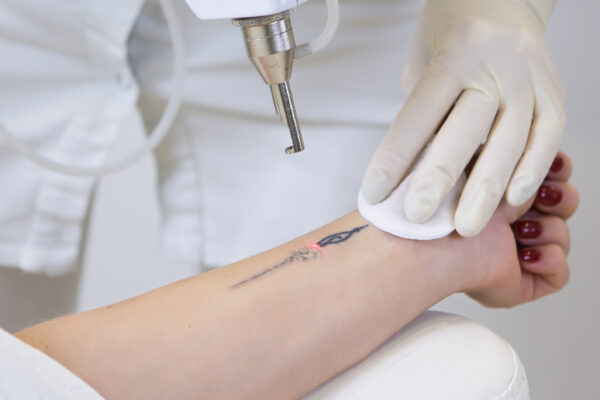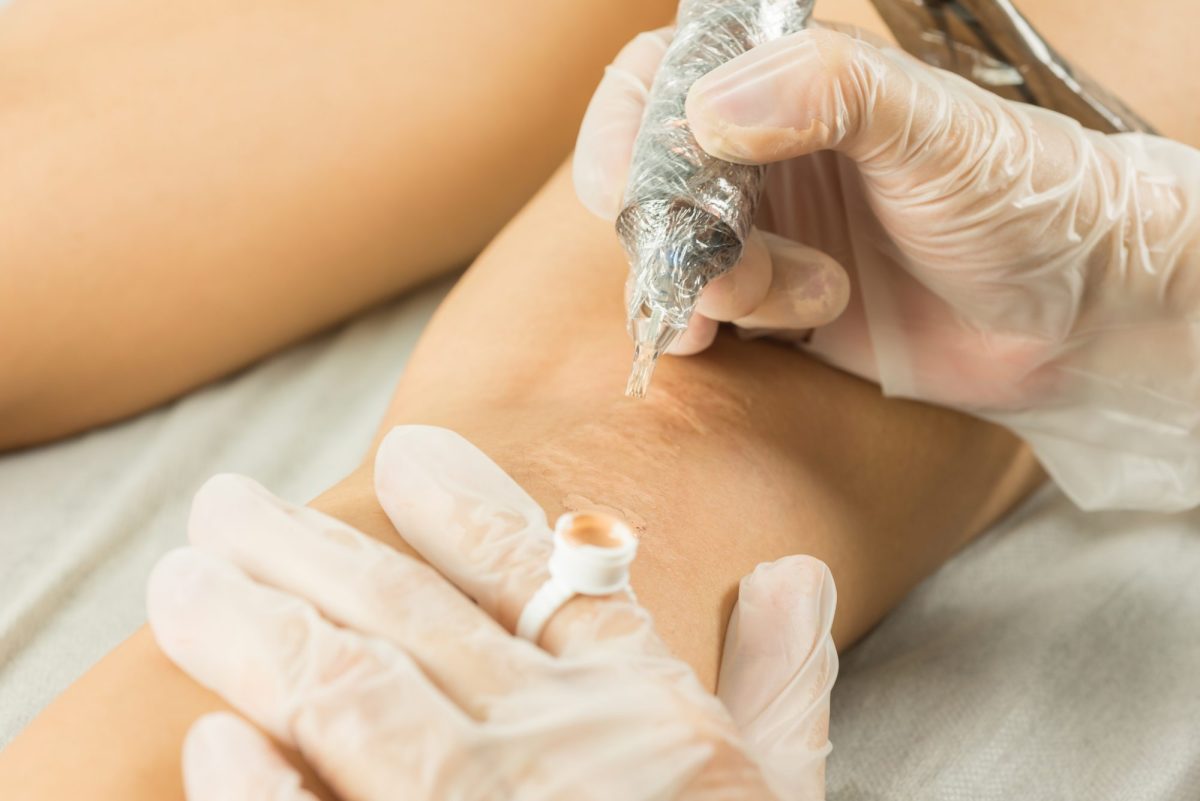1. Consultation: Before the procedure, you’ll typically have a consultation with a trained Laser Safety Officer. They will assess your skin type, hair color, and medical history to determine if you’re a suitable candidate for laser hair removal.
2. Preparation: You may be advised to avoid sun exposure and certain skincare products before the treatment. Shaving the area to be treated a day or two before the session is recommended, as it ensures that the laser energy is targeted directly at the hair follicle rather than being absorbed by the hair above the skin’s surface.
3. Treatment: During the procedure, a handheld device is used to deliver the laser pulses to the targeted area. The sensation during treatment is often described as a snapping or stinging feeling, but many people find it tolerable. The duration of the session depends on the size of the area being treated.
4. Post-treatment care: After each session, you may experience some redness and mild swelling in the treated area, which usually subsides within a few hours. You’ll need to avoid sun exposure and certain skincare products for a period of time after each session to prevent complications. Aftercare products are also advised to be used to give the best possible treatment outcome.
5. Multiple sessions: Laser hair removal typically requires 8-10 sessions spaced 4-6 weeks apart to achieve optimal results. This is because hair grows in different stages, and the laser is most effective on hair in the active growth phase (anagen phase).
The difference at EI Styling is the type of laser machine that we use. We are equipped with the latest Diode Laser machine, which makes it safe to use on all skin types and colours. Advances in technology have made it possible to perform laser hair removal on a wider range of skin tones and hair colors, though multiple sessions may still be required for satisfactory results. It’s important to note that laser hair removal is not permanent, but it can significantly reduce hair growth in the treated areas. Maintenance sessions may be needed to sustain the results over time.











